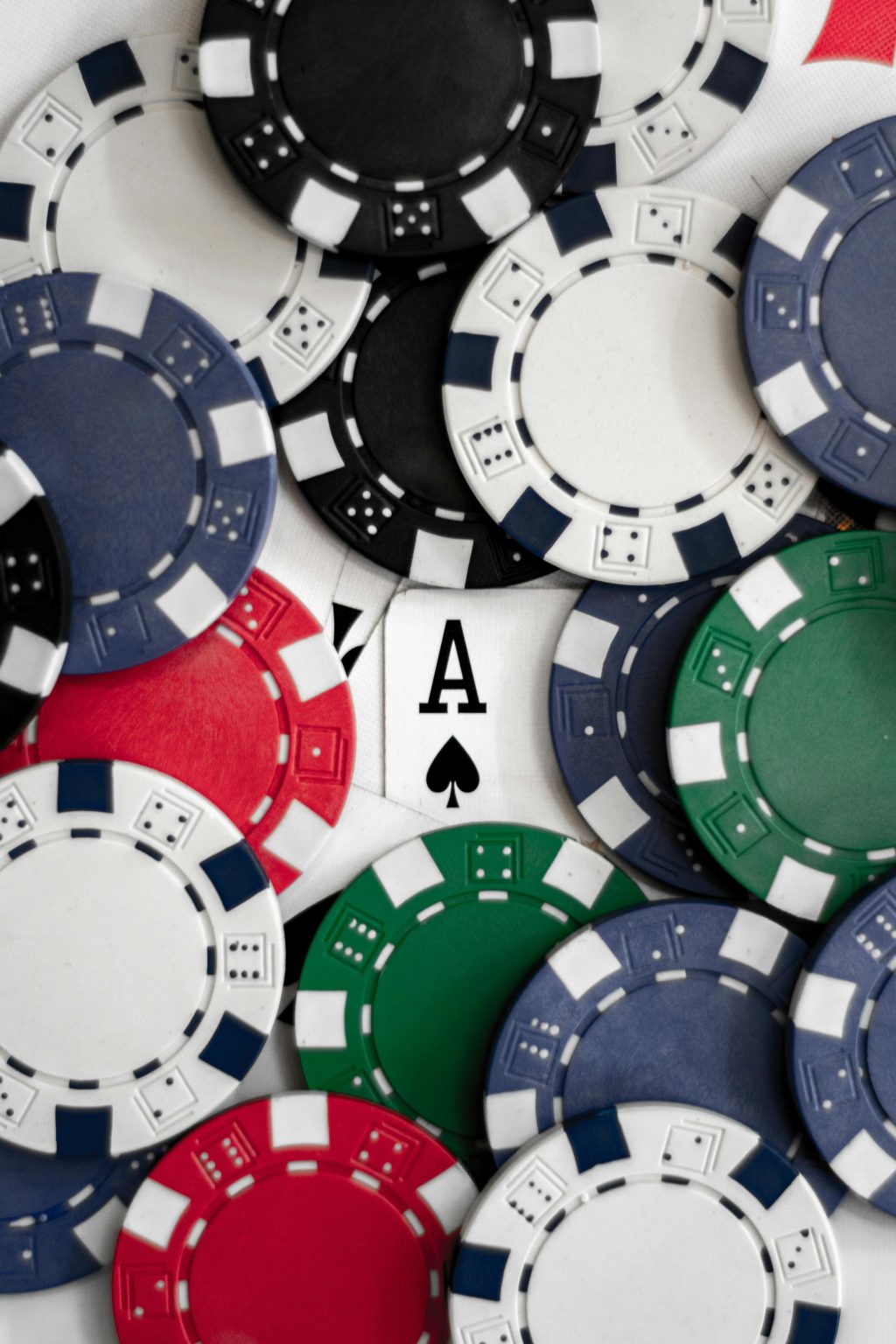In the world of casino games, RTP (Return to Player) and house edge are the main steps to decide which games to play. The primary factors that determine game outcomes function as central elements that influence the potential win or loss expectations players have over time.
Though these terms function as complementary parts of a single formula, they provide distinctive views regarding casino advantage and game equity. The mechanics of casino gaming become clearer through understanding the interaction of these two metrics, which enables players to make better decisions.
What is RTP, and what does it do?
Return to Player (RTP) is commonly shown as a percentage figure. This percentage shows the theoretical amount of money players receive from a game across an extended period. For example, online slots for real money with an RTP of 97% pay back $97 over time for each $100 wagered. The essential part of this statement is “in the long run.” RTP doesn’t guarantee individual results. You could end up with a massive win after your first spin or lose all your money within minutes. Game developers simulate millions of plays to calculate RTP, which shows how fair or generous a game is likely to perform overall.
Players who engage in online gaming can benefit from knowing RTP to make informed decisions on which games to play. Though it is not the sole consideration players should make when evaluating a game, RTP provides insight into the game’s structure throughout its duration. Online players can benefit from further guidance that teaches them how to read RTP, along with game volatility and bonus features, as well as payout frequency. Professionals provide guidance on selecting trustworthy online platforms, as well as advising effective bankroll management to optimize your financial resource usage.
Online games show RTP values clearly because slot machines usually display percentages between 94% and 98%. Blackjack and baccarat are examples of table games that feature RTP values, but these figures are usually presented as house edge percentages.
Why the house edge matters
The house edge represents the casino’s advantage, which stands in contrast to RTP. The house edge represents the mathematical benefit casinos hold against players and is usually displayed as a percentage. The casino anticipates earning $5 for every $100 bet placed when a game maintains a house edge of 5%.
A European roulette game with a standard 2.7% house edge generates an expected loss of $2.70 from each $100 wagered over time. On the flip side, American Roulette has a 5.26% house edge, which makes it not so ideal for players with smaller budgets. Table games such as roulette and craps frequently highlight their house edge. Slot machines usually do not show their house edge explicitly, but players can determine it simply by taking 100% and subtracting the RTP.
RTP vs. House Edge: What’s the difference?
RTP and house edge serve as two different expressions of an identical gambling concept. The RTP of a game represents the total percentage minus the house edge, while the house edge can also be calculated by subtracting RTP from 100%. A slot machine that pays back 96% of the wagers has a house advantage of 4%.
RTP shows the overall fairness of a game, but the house edge delivers precise details about the casino’s advantage on each bet. This system enables more straightforward comparisons between different games. The house edge of 2.7% in European roulette creates better conditions for players when compared to the 5.26% house edge of American roulette. The existence of a double zero pocket on the American roulette wheel leads to a significant increase in the casino’s profit percentage. The house edge quickly shows which game version gives players better chances to win.
Casino visitors enjoy themselves through thrilling entertainment experiences. When players prioritize entertainment aspects of a game, RTP and house edge become less important than graphics quality and gameplay features. A slot machine with a 96% RTP provides better statistical odds than a 94% RTP machine, but players may choose the lower RTP option for its more entertaining bonus rounds or appealing theme, thanks to the technological advancements from the top developers.



